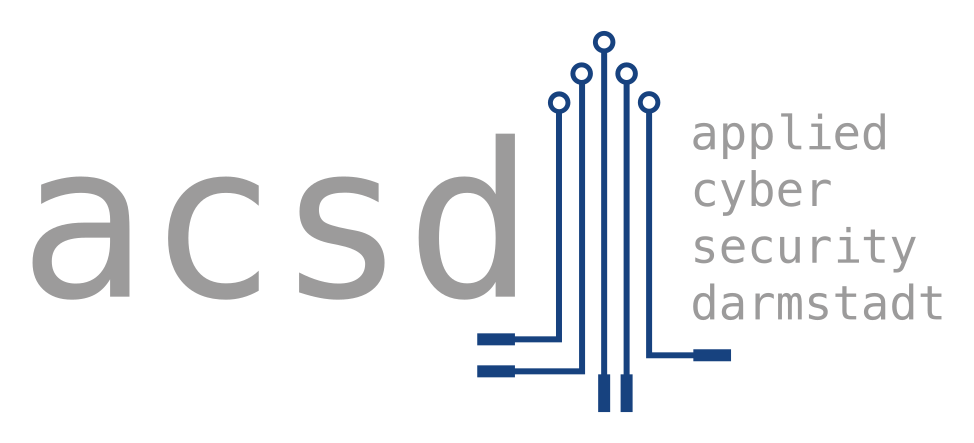Applied Cyber Security Darmstadt

Welcome to the research group Applied Cyber Security Darmstadt at Darmstadt University of Applied Sciences.The group is headed by Prof. Dr. Christoph Krauß and Prof. Dr. Alexander Wiesmaier.
We are specialized in the protection of IT systems and applications in the fields of automotive, railway, computer networks, embedded systems, IoT and cloud. Our application-oriented and user-friendly solutions are based on the use, adaption, or development of cryptographic technologies.
We are affiliated with the IT Security expert group at the Department of Computer Science at Darmstadt University of Applied Sciences.
Team

Contact
Prof. Dr. Christoph Krauß
Communication
Schöfferstraße 10
64295 Darmstadt
Office: D19, 3.07
Prof. Dr. Alexander Wiesmaier
Communication
Schöfferstraße 10
64295 Darmstadt
Office: D19, 2.09